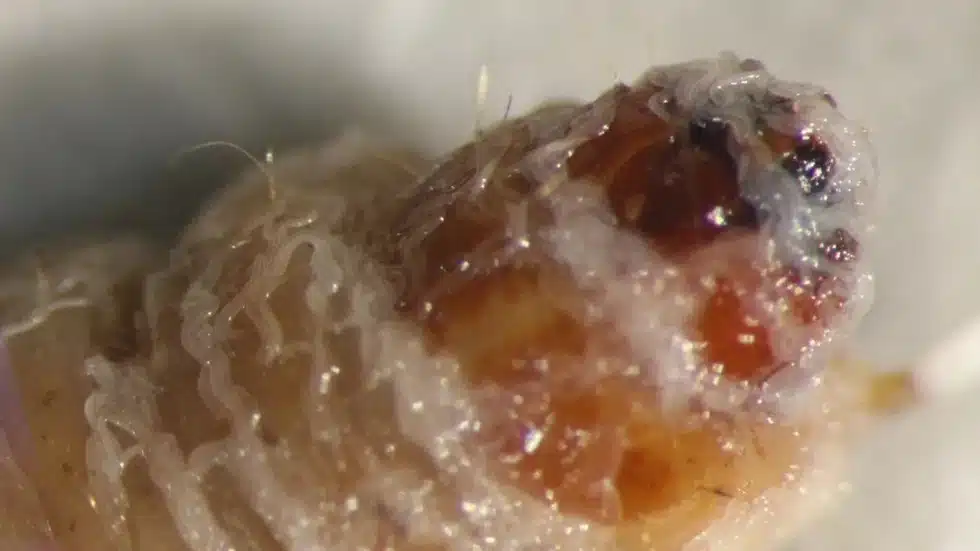About Nematodes
- These are any worm of the phylum Nematoda.
- Nematodes are among the most abundant animals on Earth.
- They occur as parasites in animals and plants or as free-living forms in soil, fresh water, marine environments, and even such unusual places as vinegar, beer malts, and water-filled cracks deep within Earth’s crust.
- Features
- Nematodes are bilaterally symmetrical, elongate, and usually tapered at both ends.
- Some species possess a pseudocoel, a fluid-filled body cavity between the digestive tract and the body wall.
- Nematodes have been reported from every continent on earth and occur in deserts, swamps, the oceans, the tropics and Antarctica.
- Nematode parasites of animals occur in almost all organs of the body, but the most common sites are in the alimentary, circulatory, and respiratory systems. Some of these worms are known by such common names as hookworm, lungworm, pinworm and threadworm
- They can cause a variety of diseases (such as filariasis, ascariasis, and trichinosis) and parasitize many crop plants and domesticated animals.
- Significance
- Most nematodes feed on bacteria, fungi, or other microscopic creatures. As such, they are a major component of soil and sediment ecosystems.
Key facts about Steinernema adamsi
- This new species is a member of a family of nematodes called Steinernema that have long been used in agriculture to control insect parasites without pesticides.
- Steinernema are not harmful to humans or other mammals and were first discovered in the 1920s.
- This new species is part of a special group of nematodes considered beneficial to humans because it can infect and kill insect pests
- It is an entomopathogenic nematode that crawls inside of an insect, defecates highly pathogenic bacteria into its blood and then combines with that bacterium to kill the insect host.
Q1) What is a pest?
It is any living thing—a plant, an animal, or a microorganism—that has a negative effect on humans. It can be an unwanted plant (weed), fungi, nematode, microbe (such as bacteria or virus), insect, spider, mite, bird, fish, rodent,
Source: Discovery of new nematode species that could protect crops without pesticides
Last updated on July, 2025
→ UPSC Notification 2025 was released on 22nd January 2025.
→ UPSC Prelims Result 2025 is out now for the CSE held on 25 May 2025.
→ UPSC Prelims Question Paper 2025 and Unofficial Prelims Answer Key 2025 are available now.
→ UPSC Calendar 2026 is released on 15th May, 2025.
→ The UPSC Vacancy 2025 were released 1129, out of which 979 were for UPSC CSE and remaining 150 are for UPSC IFoS.
→ UPSC Mains 2025 will be conducted on 22nd August 2025.
→ UPSC Prelims 2026 will be conducted on 24th May, 2026 & UPSC Mains 2026 will be conducted on 21st August 2026.
→ The UPSC Selection Process is of 3 stages-Prelims, Mains and Interview.
→ UPSC Result 2024 is released with latest UPSC Marksheet 2024. Check Now!
→ UPSC Toppers List 2024 is released now. Shakti Dubey is UPSC AIR 1 2024 Topper.
→ Also check Best IAS Coaching in Delhi












